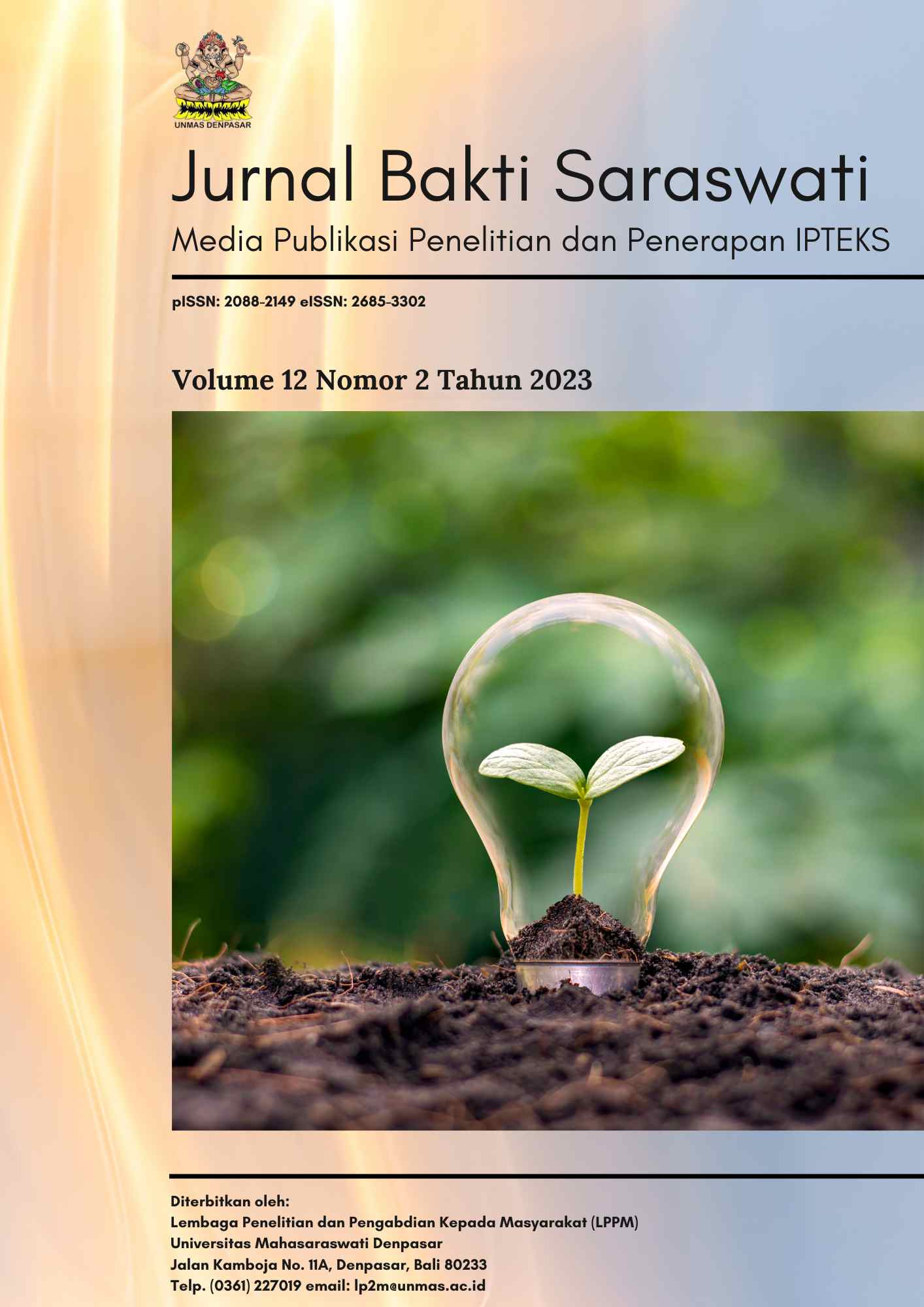MODIFIKASI JALUR WATER TREATMENT UNTUK MENGURANGI RUTE TANGKI AIR BAKU DARI SUMBER EKSTERNAL
Keywords:
Water Treatment, Raw Water Tank Route, External SourceAbstract
Emissions released when providing water per volume are calculated to obtain the carbon footprint of water distribution. Water distribution operations from water sources, pumping, storage, distribution, then used by consumers, until it becomes waste water, imposes its own environmental burden. One of the environmental impact hotspots generated at the cradle stage is contributed by CO2 gas emissions produced from tankers transporting water raw materials from external sources. The aim of this research is to determine modifications to the water treatment route to reduce the route of raw water tanks from external sources. The approach method that can be used to identify and analyze environmental impacts is the Life Cycle Assessment (LCA) method. The research results show that every 1 m3 of water transported over a distance of 52 km produces 36.7 Kg CO2 eq, while at a distance of 14 km, every 1 m3 of water transported produces 9.87 Kg CO2 eq. There was a reduction in emissions of up to 73% with this route change. The total reduction in emissions from this innovation in the January-June 2023 range is 301 tonnes of CO2 eq, with a cost efficiency value of IDR. 536,014,526/year. The clean water processing process causes the largest environmental impact in the resources category caused by natural gas or electricity use. The smallest environmental impact from water processing activities is in the ecosystem quality category which is caused by aluminum sulfate. Carbon footprint is a measure of the exclusive total amount of carbon dioxide emissions released directly or indirectly caused by an activity or accumulated over the life stages of a product.
Downloads










